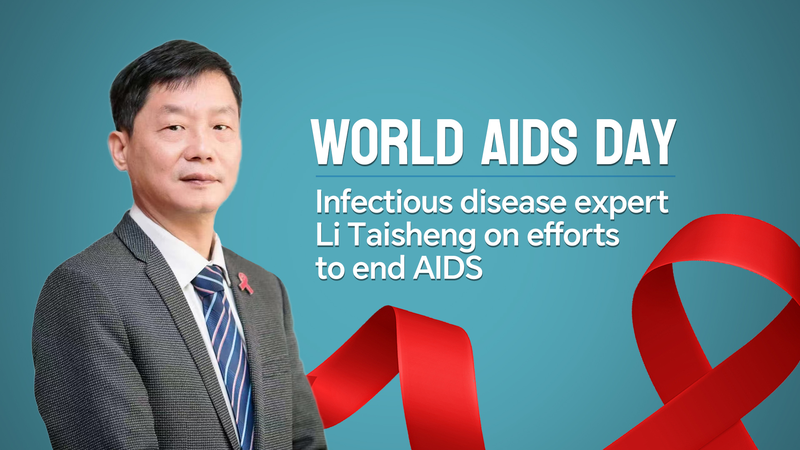Hey there, eco-warriors! 🌍 Ever wondered what happens to electric car batteries when they retire? In the Chinese mainland, the rise of new energy vehicles (NEVs) has led to a massive wave of lithium batteries reaching the end of their road. Last year alone, over 580,000 tonnes of these batteries were retired, and next year, that number is expected to hit a whopping 800,000 tonnes! 🚗⚡
So, what's China doing with this mountain of used batteries? Let's dive into the electrifying world of battery recycling and see how they're turning old power into new possibilities. 🔋♻️
According to national standards for NEVs in China, when a lithium battery's capacity dips below 80% of its original oomph, it's time for a change. These hefty batteries, often weighing hundreds of kilograms, can't just be tossed aside. If not handled properly, the lithium hexafluorophosphate inside can react with air, producing nasty stuff like phosphorus pentafluoride and hydrogen fluoride. Yikes! Talk about some serious environmental mood killers. ☠️🌬️
But hold up! Before you think these batteries are destined for a landfill doom, there's good news. Retired lithium batteries are actually treasure troves of valuable materials. 💎✨ Instead of seeing them as waste, China’s got a plan to give them a second life.
Enter the world of battery recycling modes: cascade utilization and material recovery.
Cascade Utilization 🚀: This is like giving batteries a career change. They might be done powering your car, but they've still got juice left for other tasks. Batteries are repurposed for applications that don't require as much energy density, such as energy storage systems for buildings or renewable energy setups. Think of it as retirement, but staying active! 🏖️🔌
Material Recovery 🔄: In this mode, it's all about breaking down the batteries to extract valuable metals like cobalt, nickel, and lithium. These materials can then be reused to make shiny new batteries. It's the ultimate recycling loop, keeping resources in play and reducing the need for new mining. 🌱🔋
With China's NEV industry zooming ahead, the battery recycling scene is also charging up. ⚡ Zhang Ying, president of the Automotive Recycling Industry Development Committee of the China Association for Economic Development in Asia, shared that there are over 15,000 recycling outlets across the Chinese mainland. These outlets cover more than 85% of the NEV market, making battery recycling more accessible than ever. 🗺️🏭
The China Resources Recycling Association reported some impressive stats for 2023:
- Scrapped vehicles increased by 7.56 million, a 32% jump from the previous year. 🚗📈
- Around 93 million used household appliances, weighing about 4.4 million tonnes, were recycled. 📺🛠️
- Over 200 million pieces of furniture found new purposes. 🛋️♻️
- Recycling of 10 major renewable resources, including scrap steel and plastics, amounted to about 392 million tonnes. 🏗️🔄
These efforts play a significant role in bolstering national resource security and promoting a circular economy. 🌐🔄
The takeaway? China's not just handling the influx of retired NEV batteries—they're turning a potential environmental challenge into an opportunity for innovation and sustainability. It's a powerful reminder that with the right strategies, we can drive towards a cleaner, greener future. 🌿🚀
So next time you see an electric car zoom by, know that its battery might just have an exciting second act ahead! 🎉🔋
Reference(s):
cgtn.com




